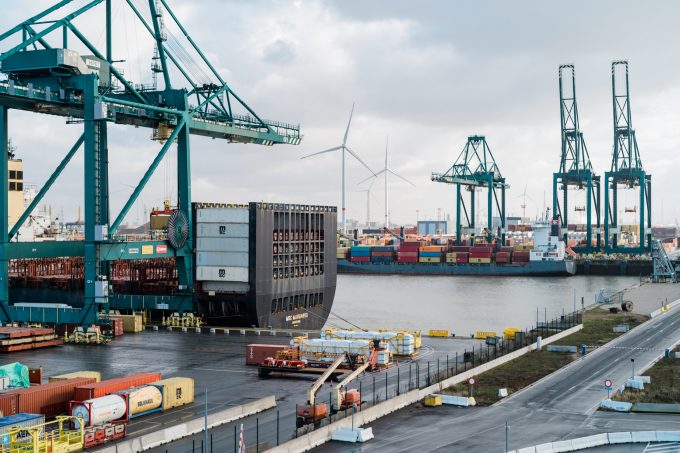LA/LB and Tanjung Pelepas celebrate as 2024 port 'winners and losers' revealed
**EDITED AT 14:00 BST 02/04/25 TO INCLUDE QUOTE FROM ANTWERP-BRUGES** Last year’s port throughput “winners and ...

Antwerp is positioning itself to be the UK’s gateway to Europe.
Unaccompanied container volumes have increased considerably over the past year, despite markets being depressed, and the expectation is that this trend will continue next year, Port of Antwerp international development manager Wim Dillen told The ...
MSC switches two more Asia-Europe port calls from congested Antwerp
Front-loading frenzy has made traditional H2 peak season 'unlikely'
Canada and Mexico get cosy with trade plan to bypass US
Tradelanes: Export boom in Indian sub-continent triggers rise in airfreight rates
Carriers introduce surcharges as congestion builds at African ports
Mexican airport modernisation plan unlikely to boost cargo facilities
Ports and supply chain operators weigh in on funding for CPB
Tradelanes: Overcapacity on Asia-S America impacting alliances and rates

Comment on this article